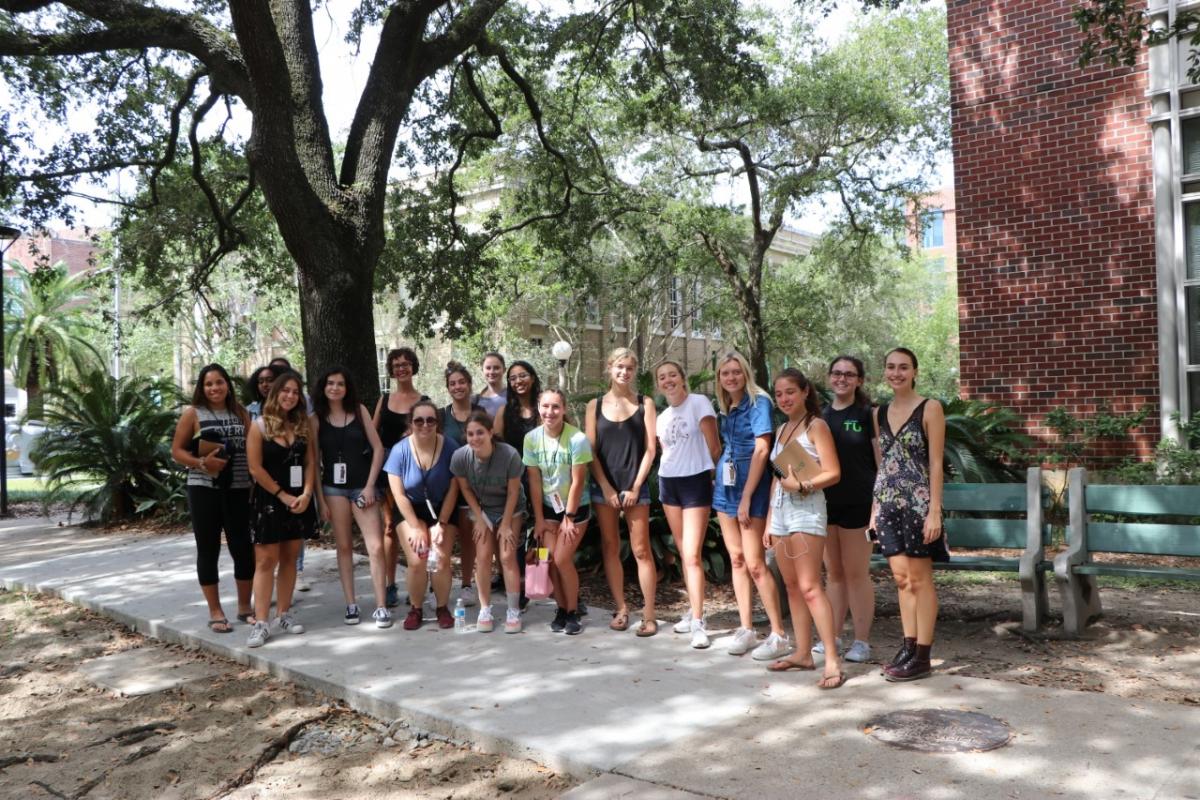This semester, Professor Humphreys took her Cross-Cultural Analysis class on a field trip to the Whitney Plantation Historic District. Whitney “is the only plantation museum in the region with an exclusive focus on slavery,” according to their website. The museum includes the 18th-century sugar and rice plantation grounds, including the original big house and fifteen other structures, as well as memorials for the enslaved.
Drawing from anthropology, cultural studies, and media studies, Humphrey’s course focuses on media ethnography as a methodological tool for examining difference and power both in the United States and in contexts around the world.
The course also covers media spaces, including analysis of the politics of tourist sites. She felt that this field trip was extremely relevant to her course because of the relevance of race and slavery, and its relation to power dynamics and spatial politics.
“One of the things that I think is very important is to have more diverse voices in the classroom,” Humphreys said. “Approaching teaching for me is less about emphasizing my voice and instead about thinking of myself as a curator. I have access to other forms of expertise that will get us out of the classroom and link us to New Orleans, to the histories that are here that also impact the entire country that [my students] are from.”
Spatially, the Whitney Plantation offered much for students to analyze. The first thing one encounters is a museum, which clearly outlines the history of the plantation and the Atlantic Slave Trade. The museum also has a gift shop that sells works from African American authors and materials related to learning more about slavery. The Whitney Plantation’s emphasis on educating its visitors on slavery sets it apart from other plantations, which is something that drew Humphreys to the site.
“This was my third time visiting the plantation and each time I learn something new,” Semhal Abbady, a senior in Humphrey’s class said. “Coming here with the concepts we learned in class definitely adds another element.”
Abbady and other students felt the museum emphasized the reality of slavery well and was an opportunity to see the impact of power dynamics.
“What consequences does slavery have on the identity of this nation, both at that point and in the present? The Whitney Plantation does a really wonderful job of opening up those questions for us,” Humphrey said.
To learn more about Whitney Plantation Historic District, visit their site. To learn about classes offered in the Communications Department, visit the course listings.



